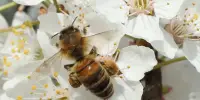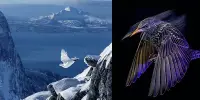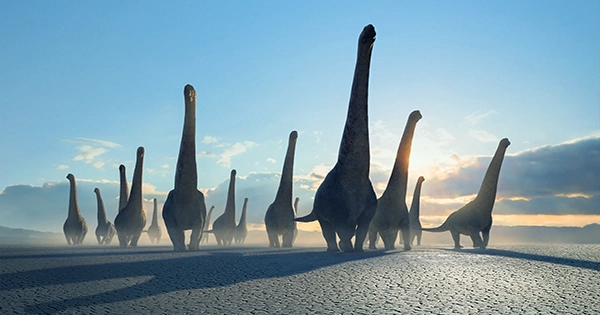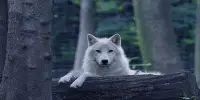About 30,000 years have passed since the premiere.
A mummified Arctic ground squirrel from the Ice Age, coiled up in a ball as though it had perished while sleeping, was discovered this week by Yukon paleontologists in the goldfields near Dawson City.
The government is prepping the deceased rodent for exhibition at the Yukon Beringia Interpretive Centre in Whitehorse, which is scheduled to return later this spring after a makeover. Although it was discovered a few years ago, it is only now being displayed.
The desiccated animal initially appears to be little more than a dried-up mass of brown hair and skin.
“It’s not quite recognizable until you see these little hands and claws, and a little tail, and then you see ears,” said Grant Zazula, a paleontologist with the Yukon government.
“I examine bones all the time, and they’re thrilling and fascinating. But seeing an animal that’s completely kept, 30,000 years old, and you can see its features, skin, fur, and all that, it’s just so visceral. It brings it to life.”
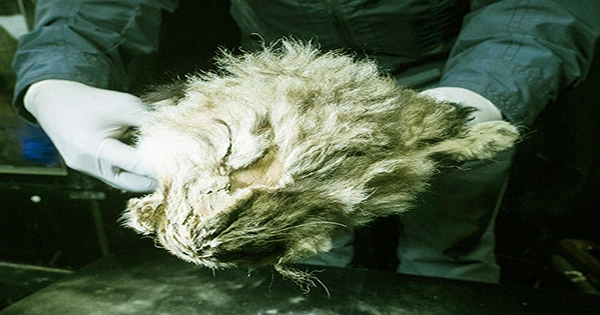
A placer miner operating at Hester Creek near Dawson City, Yukon, discovered the mammal in 2018.
In the Klondike goldfields, miners frequently discover relics and bones from the Ice Age. Recent discoveries of a newborn mammoth and a preserved wolf pup are two of the most intriguing ones.
Arctic ground squirrels, which are still prevalent in Yukon today, build subterranean nests, or middens, to hibernate, and according to Zazula, Ice Age nests are frequently discovered intact in the Klondike permafrost. But a complete squirrel is much rare.
When they discover that enormous woolly mammoth limb or, you know, the large tusks or the enormous heads, some people get ecstatic. But the best items we do have, in my opinion, are the nests, the mummified squirrel, and the fossilized Arctic ground squirrels. They are without a doubt my favorites.
Because they lived in the Yukon after the Ice Age, unlike mammoths or Scimitar cats, Zazula said squirrels are a particularly fascinating species to research.
“The animals we have today are quite tough because they have had to deal with so many changes in the past.” “That’s a really important lesson in terms of thinking about how future climate change will affect these animals,” Zazula said.
X-ray displays “great condition” for the subject: Zazula took the squirrel to Whitehorse veterinary Dr. Jess Heath for an X-ray to get a closer look inside.
We’re lucky in that it’s already dead and not attempting to move around too much, according to Heath.
That someone identified it for what impressed me. It just kind of appears like a brown mass from the outside. It somewhat resembles a dark boulder.
Heath was doubtful that an X-ray would reveal much. She said that because the animal was so “bunched up” and because preserved animals’ bones sometimes lose calcium over time, X-rays were not as visible.
With this creature, that wasn’t an issue. The dark mass contained a sound bone structure, as seen on the X-rays.
It was in excellent shape, and Heath noted that it was curled up as though it were asleep.
According to the X-ray, the dead squirrel was a juvenile one, probably in its first year of hibernation. It is unknown, however, what destroyed it.
As soon as the Beringia Centre reopens, Zazula expressed his excitement for people to see the squirrel. It will be on exhibit next to a mummified black-footed ferret that was recently returned to Yukon from an Ottawa museum. The ferret was discovered decades ago in the Klondike.
“I’m so eager for children. They’ll be able to observe these creatures and reflect deeply on living during the Ice Age. We frequently see large animals like woolly mammoths and other things, but there is also much to learn about the little creatures that lived in the soil beneath these wooly mammoths, according to Zazula.
The squirrel has no moniker yet, at least not a formal one. According to Zazula, employees at the vet facility assigned it an unofficial moniker based on where it was discovered.
“So I think that name might stick — based on Hester Creek, we might end up calling this little guy Hester the ground squirrel,” he said.

